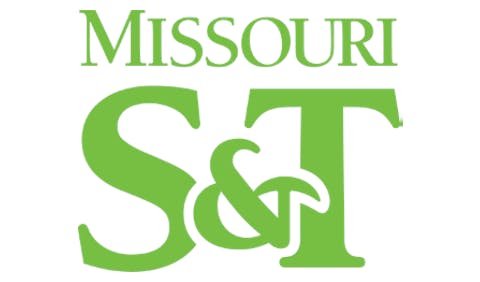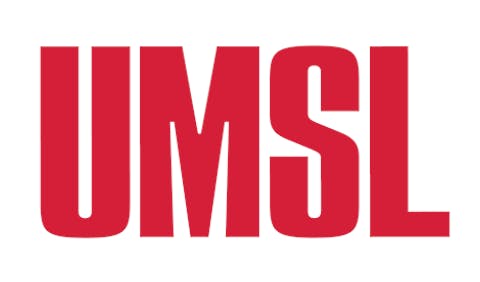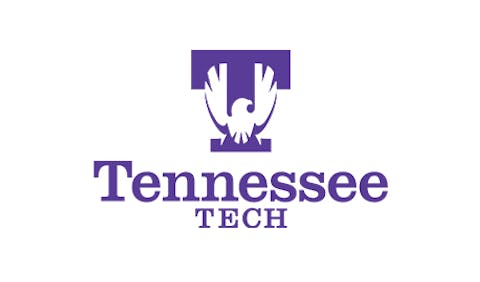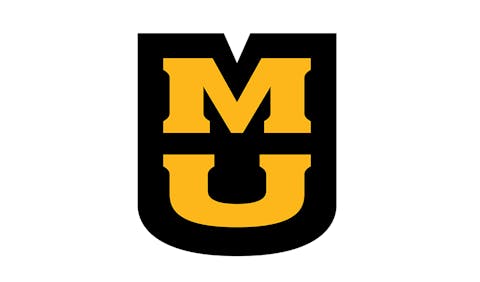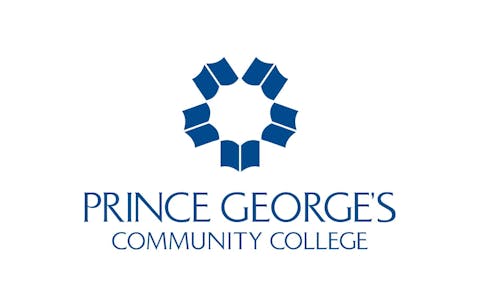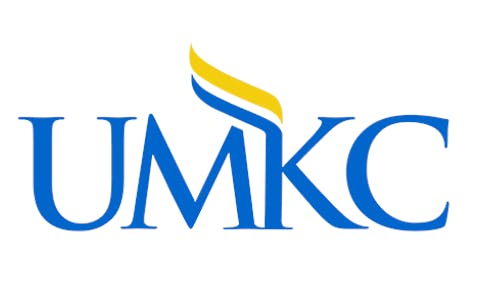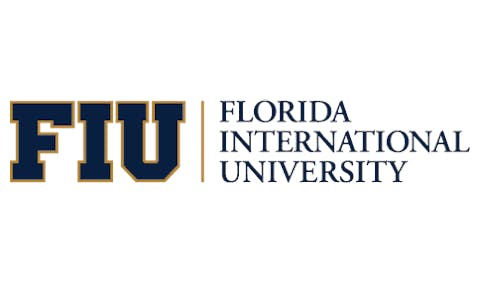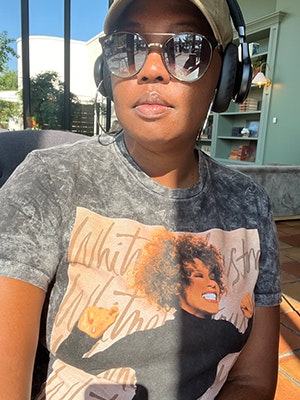Spurred on by fierce student activism a decade ago, Columbia University is now pushing forward with plans to create an American Indian studies program, making it one of only three Ivy League colleges to offer such a curriculum.
University officials say they are in the preliminary stages of planning for the academic program, which they hope will eventually allow students to major in the interdisciplinary subject.
“We are trying to catch up with something big and important that has already been going on at colleges and universities across the nation,” says Dr. Evan Haefeli, who teaches American Indian history.
Columbia’s program comes decades after other colleges, like Arizona State University and Oklahoma State University, formed American Indian history programs. The State University of New York at Buffalo grants a doctorate in the discipline while a half-dozen other colleges and universities offer master’s degrees. Dartmouth College and Cornell University are the other two Ivy League schools that offer American Indian studies.
“We are trying to bring this to the Ivy League,” says Haefeli, who is on the steering committee charged with developing the academic component of the program. Once finalized, the program will likely be coordinated through the Columbia’s Center for the Study of Ethnicity and Race. Haefeli says other top-tier universities, including Harvard University the University of Pennsylvania and Yale University, are also talking about the possibility of creating similar programs.
Most of the existing American Indian studies programs are located in the Southwest region of the country, where many American Indians reside. But officials at Columbia say New York City has become a haven for many American Indians.
But some students have questioned why Columbia is creating a new American Indian program just months after announcing the temporary suspension its African studies program, The popular ethnic studies program was put on hold largely because of a lack of funding. University officials have repeatedly said that they are reorganizing the African studies program and it will be back in place with a new director for the 2007-2008 academic school year.
Columbia recently launched a five-part speaker series that will bring American Indian scholars from around the nation to speak about their work. Dr. Tiya A. Miles, a professor at the University of Michigan and an expert in American Indian and African-American relations, delivered the first talk.
But the real challenge is raising the funds necessary to hire full-time faculty for the new program. Various departments throughout the campus will likely recruit and hire the professors, who would also be affiliated with the American Indian program.
Professors at colleges that already have American Indian programs say that Columbia’s interest is encouraging, albeit late.
“Native American studies is in a unique position,” says Dr. Colleen E. Boyd, who directs the American Indian program at Oklahoma State. “This population is one of the fastest-growing in the country. More tribes are becoming recognized by the U.S. government and they [American Indians] are opening casinos and showing that they are real money makers.”
Boyd says the academy has gone too long without acknowledging American Indian history or examining the current political status of tribes within the U.S. federal government.
“Universities have been woefully ignorant of the third tier of the government,” says Boyd, noting that tribal governments are autonomous. She says its a fact that is too often forgotten.
Once Columbia’s interdisciplinary program gets off the ground, the focus will likely range from an examination of American Indian social studies to history, art and literature.
At Oklahoma State, the American Indian program is housed within the American studies department. Though the college does not yet offer a bachelor’s degree in the field, 12 courses can be counted towards a minor or certificate.
“Historically, it’s been kind of piece meal together with the help of other departments,” says Dr. John Cross, the coordinator of the 25-year-old program.
He says that in recent years there has been a broader push on campus to ensure the longevity of the American Indian program.
“I am glad to see that the kind of work that we’ve been doing here is spreading to other colleges and universities,” says Cross, who has taught American Indian tribal law at the university since 1985. “This is a very good sign for the field which many people did not even know existed until recently.”
-Jamal Watson
|
Reader comments on this story: |
|
There are currently no reader comments on this story. |
© Copyright 2005 by DiverseEducation.com










